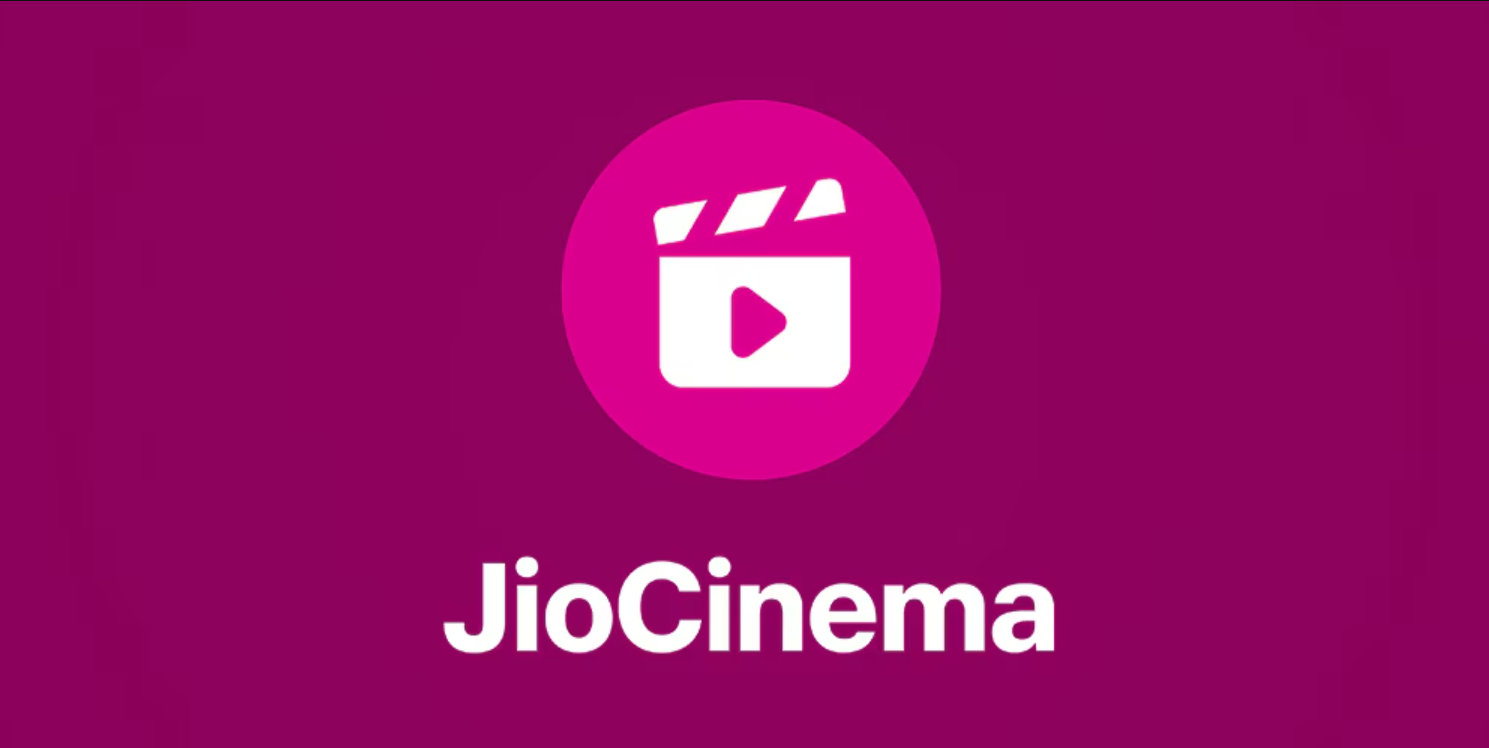The definitive public relations checklist for startups
“Public relations are a key component of any operation in this day of instant communications and rightly inquisitive citizens.” American shipping magnate Alvin Adams said this as long ago as the 1800s. This just goes to show that effective public relations (PR) has been considered an integral tool for success for much longer than many would believe.
Unfortunately, PR is also the one area today where many startups go wrong very often, with or without an expert on board. To the uninitiated, PR can seem deceptively simple – all you need to do is hire a writer and get them to churn out and publish positive content about your brand, right? In reality, it can be anything but. Hence, it is important that startup professionals and founders understand the difference between editorial and marketing functions - what really makes news, and what it takes to become a brand that has news or a great story to tell.
No matter how complex or simple you perceive media relations and reputation management to be, preparedness is the only way to get it right. Before you start thinking along the lines of your first front-page story, you need to make sure you understand all the basics. Here’s a definitive list of all that goes on at the back-end of a sound PR strategy. Read, internalise, and only then shoot off your first media, analyst, or influencer pitch.

A general understanding of PR, its capabilities, and what it takes
After almost a decade in PR roles in India and abroad, I have realized that the problem with the industry is that everyone thinks they can do it. While I am not one to overcomplicate or overstate the skills you need to do PR right, the entry threshold in the industry has traditionally been low, and training and opportunities to upskill have been amiss. A lot of PR professionals themselves are to blame for this.
If instead of pitching a great story and developing a symbiotic relationship with journalists and influencers, your solution is wining and dining with editors, it is hard to command the respect this profession deserves. But don’t let these easy tricks fool you – their impact doesn’t last very long. If you are starting out on the PR journey for your startup, it will not hurt to read a little about the industry, its techniques, and recent developments to tailor your approach. A sound PR strategy takes more than a couple of beers to formulate because no self-respecting journalist or analyst falls for it – ever.
Positioning and messaging
In business jargon, a “differentiator” is a unique aspect of your brand that sets you apart from other similar competitors and possibly gives you an advantage over them, more commonly known as a Unique Selling Proposition (USP). If you don’t articulate your differentiators to yourself well enough, you are going to have a hard time communicating them to a third party. Understanding what’s truly unique about you and creating messaging around it forms the lifeline of a sound PR approach. Start with it.
Platforms to target
Social media has empowered businesses and individuals to let them control their own narratives. That means that your key to effective publicity doesn’t always have to be media coverage. Unless you have a compelling story that makes news, no editor or writer is obliged to give you print space.
Go all out and pitch your story if it is newsworthy. But focus on other platforms too – like social media and blogs – to consistently speak of your brand values and achievements, and don’t just aim for flash-in-the-pan headlines. A sound content strategy is as much a marketing tool as a reputation and PR tool. Build one.
Appointing and training spokespeople
Your stories are only going to be as good as the person telling them. This means that from your pool of founders and senior leaders, you need to find one or two individuals who understand your business. More importantly, they need to understand the industry context in which you operate. You then need to empower these spokespeople with sufficient training on message articulation and handling tough questions and help them establish a thought leader-positioning within the industry ecosystem.
Finding your audience and pitching your story
Let’s get this out of the way – having the much-touted “media list” is not a sure shot way to get coverage. For the unaware, a media list is a list of all the media contacts who might be interested in stories and coverage around your brand and your sector. However, just building this contact list will serve no purpose if you go about it in a haphazard fashion. You need to pitch your story to the right people – the analysts who are interested in your industry, the journalists whose beat you are on, and influencers whose followers you are looking to reach out to. Everything else is a shot in the dark.
A definitive execution plan
PR is a lot more than that one coveted front-page story. It is important to articulate the long- and short-term goals for your PR strategy and break down the execution into simple steps.
Crisis preparedness and management
It is wrong to think that crises occur only in well-established brands, and startups don’t need to worry about them. On social media, everyone has an opinion and access to communication channels to express those opinions. That means literally everyone can use, downgrade, and uninstall your app because of one inadvertent or deliberate error. There are examples of startup crises everywhere – from TVF to Swiggy. Having a response strategy in place before your vulnerabilities turn into a full-blown crisis is as important for startups as it is for Fortune 500 brands.
So, there you have it – a comprehensive list of all that goes into getting your startup business PR-ready. After reading this, what do you feel? Just how prepared are you?











